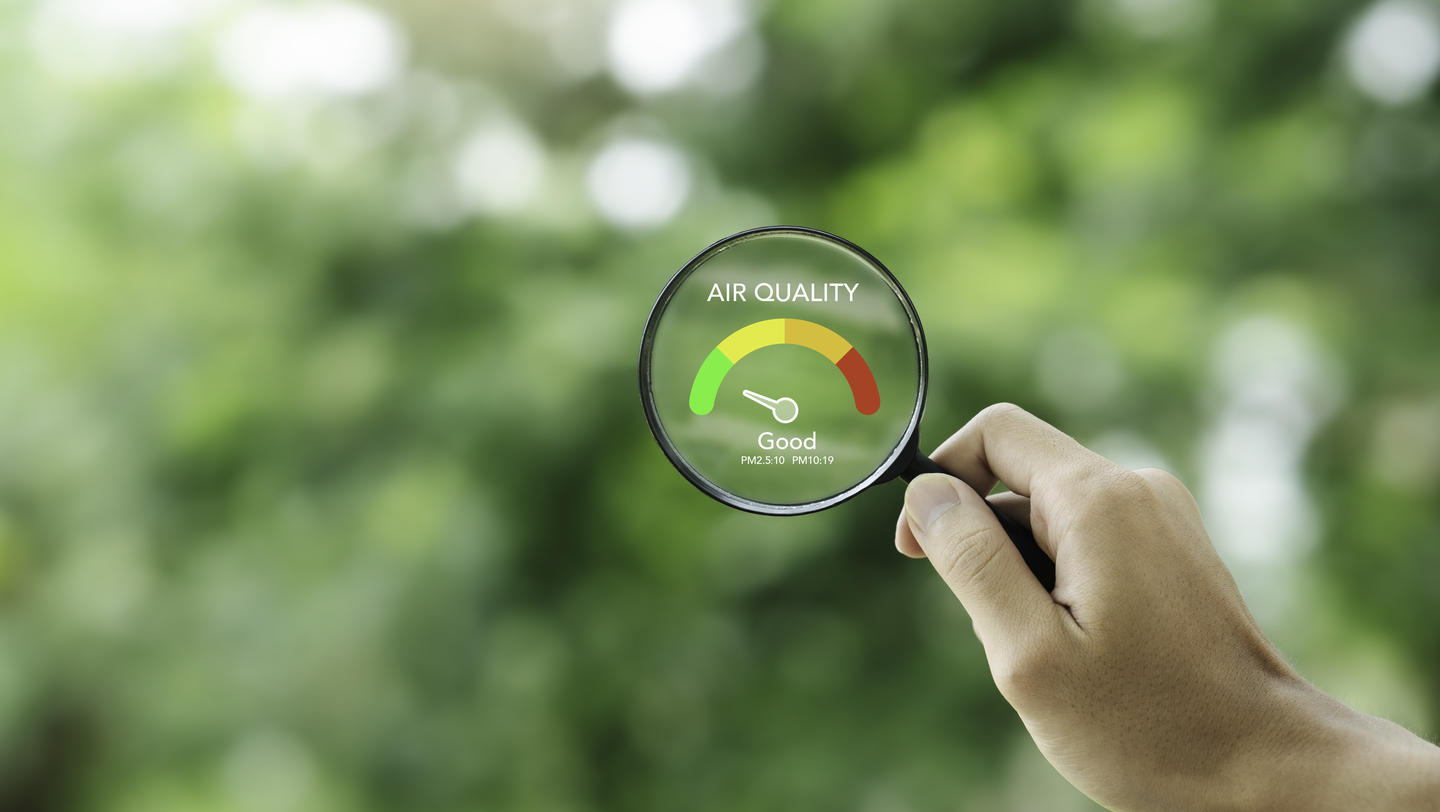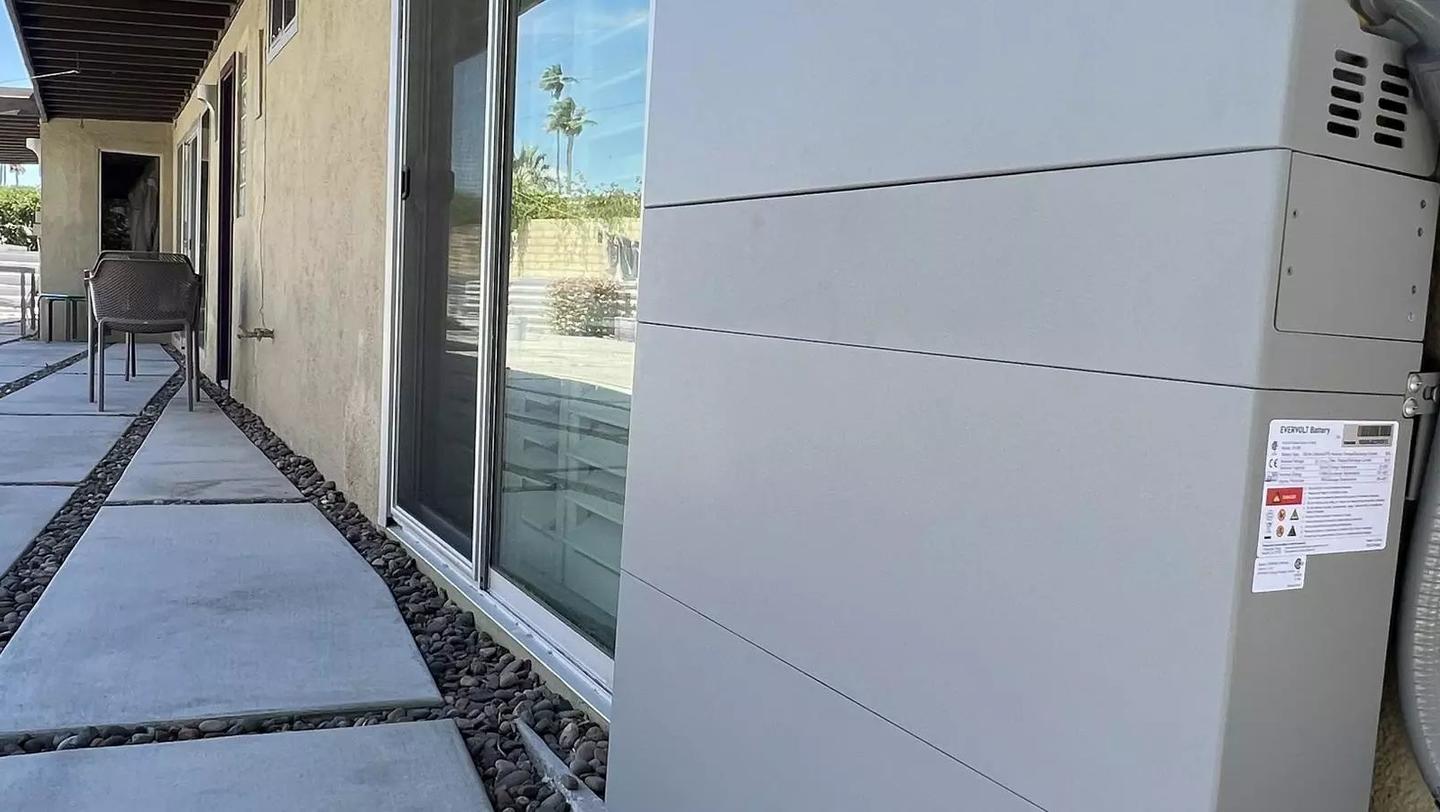Building a wireless future that is far-reaching and accessible

Building a wireless future that is far-reaching and accessible
4 minutesThe most inspiring example of the power of mesh networks, a distributed communication system, where each device acts as a node that can relay data to the others, lies in the island of Puerto Rico. That’s where a couple of volunteers with antennas, wireless mesh devices and solar panels helped to restore communications for relief effort coordinators in Barranquitas, a city battered by Hurricane Maria. “Within three days, volunteers were using both technologies to more effectively coordinate the delivery of food and medicine,” according to an article in Quartz.
Disaster management and public safety is one reason for the strong growth forecast for the global wireless mesh network market, but not the only one, according to a new report by Zion Market Research. Its study finds that the global wireless mesh network market was valued at $3.84 billion in 2017 and is expected to reach around $9.08 billion by 2024. The oil & gas Industry, video streaming and surveillance, smart mobility and smart city applications are among the biggest drivers of growth of mesh networking thanks to its promise of low-cost access to broadband services.
Bluetooth 5.0 was officially deployed in 2016 with a focus on enhancing the range, speed and data capacity for the connections. It also had another promising role: IoT connectivity. Where Bluetooth had previously been thought of as a 1-to-1 connection between devices, this concentration on IoT tech allows for the connection of multiple devices and, ultimately, the cloud.
Recent research on disruptive technology by Panasonic shows that many companies have adopted mobile devices, apps and commerce and the cloud, and three in five have adopted the Internet of Things (IoT). Senior tech decision makers believe these technologies are critical to their future success, according to our research. Clearly developments, such as mesh networking, that yield fruitful deployments of disruptive technology are important to these decision makers.
Wide-ranging applications
Bluetooth mesh network represents a major step towards a more accessible and wide-ranging wireless future. It allows for multiple devices to connect to the same network and all communicate seamlessly and in real time. A standard Bluetooth network is similar to a speaker presenting to an audience. The speaker may address the entire audience or individual members and audience members may address a question to the speaker, but audience members don’t communicate among themselves. In a Bluetooth mesh network audience members may address one another. This topology has two advantages. First, since a single message may travel along many routes to its destination, this dramatically increases the probability that the message arrives. The second advantage is the increased distance a message may travel – like one audience member speaking to another.
While standard Bluetooth recently upgraded its range in the Bluetooth 5.0 update, mesh networking hypothetically allows for infinite range if the proper chain links are in place.
Mesh networks in healthcare
There are pioneering Bluetooth mesh network examples in healthcare. Hospitals are using Bluetooth beacons to monitor and track equipment. But helping nurses locate equipment is just the surface of Bluetooth’s capabilities in the health system. Using this tech, doctors and nurses could monitor patients from anywhere, significantly reducing the need for hospital visits. These visits are both costly and potentially dangerous due to the risk of things like contagious diseases and infection. Not only would a doctor or nurse be able to monitor patients wirelessly, but a patient’s devices at home could do things like monitor temperature through biometric sensors and automatically notify the drug store to deliver medicine if the patient got a fever.
Benefits to manufacturing
There are also clear benefits from the Bluetooth mesh network in the manufacturing sector, especially where multiple machines operate simultaneously on the plant floor. Previously, if two devices situated beyond the range of a Bluetooth device needed to communicate, it would require either a wired connection or gateway that could connect to the cloud. This cloud connection requires Wi-Fi, which uses significantly more energy. Now with the mesh network, every single device in the entire factory can connect to each other via Bluetooth, and even the ones farthest away can communicate if necessary by bouncing the signal through other devices on the way.











